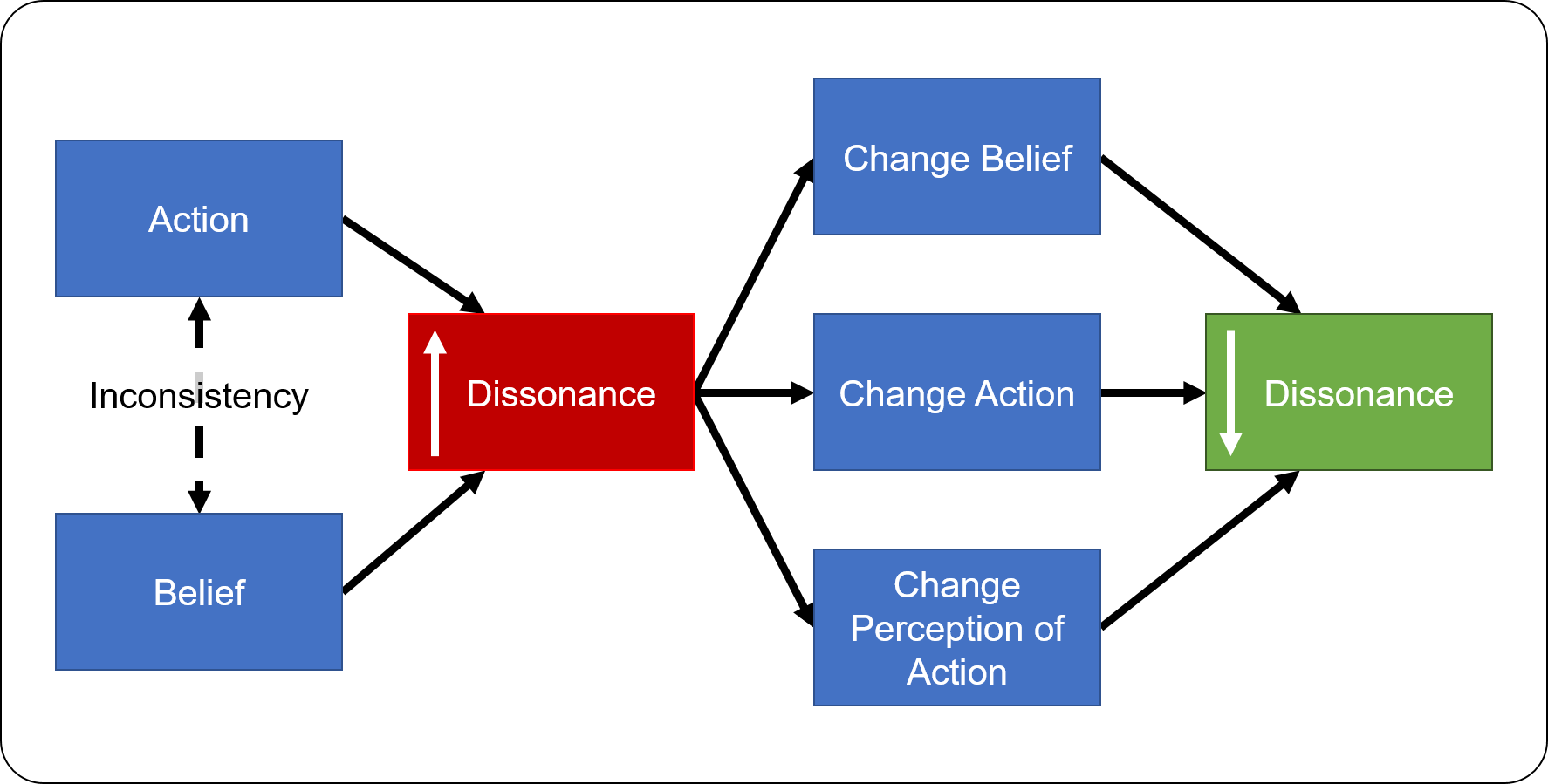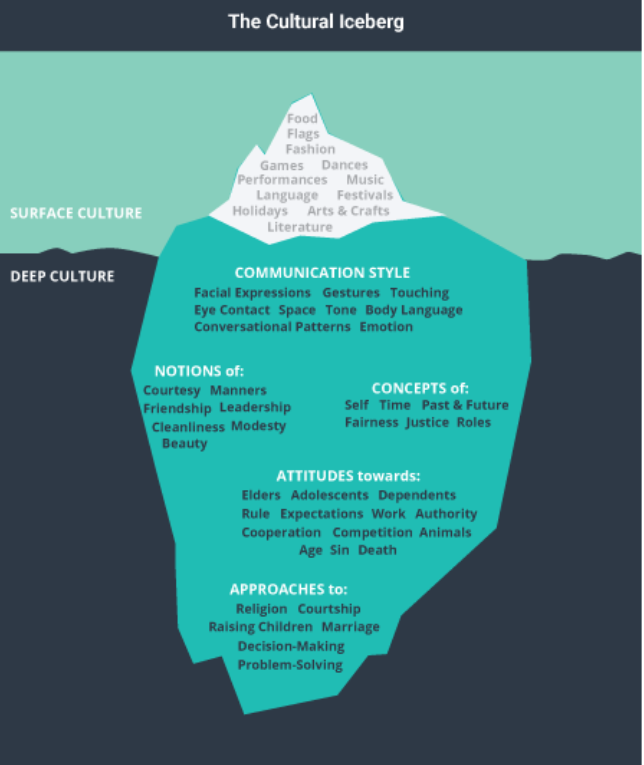 An onion by itself is typically not the tastiest treat around. At least to my knowledge, I have never asked my mother to pack an onion in my lunch so I can eat it raw. But when you consider how many different ways an onion can be paired, now we are getting somewhere. When fried, put onto a burger, or even sauteed the flavor completely changes the properties that an onion brings to the table. In addition, the onion is known for having multiple layers, with these layers have birthed multiple sayings and quotes. But one thing that remains constant is the idea that behind each layer is another deeper layer. This same concept is seen in our friendships. When I was young, my mother would always make me be on my best behavior to meet new people. This is what happened when I met my current best friend Justin. When we first met our parents set up a playdate or as I call it “the moms drink wine and let the kids have their fun”. We were both dressed in nice clothes and were not used to each other’s company. But as time went on we started getting closer and closer and sharing more about ourselves. We were introduced when we were 5 years old, and now at twenty-two, we are still best of friends.
An onion by itself is typically not the tastiest treat around. At least to my knowledge, I have never asked my mother to pack an onion in my lunch so I can eat it raw. But when you consider how many different ways an onion can be paired, now we are getting somewhere. When fried, put onto a burger, or even sauteed the flavor completely changes the properties that an onion brings to the table. In addition, the onion is known for having multiple layers, with these layers have birthed multiple sayings and quotes. But one thing that remains constant is the idea that behind each layer is another deeper layer. This same concept is seen in our friendships. When I was young, my mother would always make me be on my best behavior to meet new people. This is what happened when I met my current best friend Justin. When we first met our parents set up a playdate or as I call it “the moms drink wine and let the kids have their fun”. We were both dressed in nice clothes and were not used to each other’s company. But as time went on we started getting closer and closer and sharing more about ourselves. We were introduced when we were 5 years old, and now at twenty-two, we are still best of friends.
Irwin Altman and Dalmas Taylor take this onion and relate it to social penetration theory. This theory is “the process of developing deeper intimacy with another person through mutual self-disclosure and other forms of vulnerability”(94). In addition to sharing, one must pay attention to personality structure or an “onion-like layers of beliefs and feelings about self, other, and the world”(94). Lastly, Cialdini recognized this as one of his weapons of influence but it can also be seen in social penetration theory. The law of reciprocity is “a paced and orderly process in which openness in one person leads to openness in the other”(96). Although the way that Cialdini defined reciprocity is defined differently the essence of the message is the same. When people offer favors for one individual the other feels obligated to return the favor.
Returning to the original statement of the Onion, I find it interesting how this theory does not have to be learned to be applied. It is natural for people who are meeting new people to start on the outermost layer before they start sharing their innermost vulnerable secrets. Retreating to the example above with my best friend and me, we were just children. We could barely speak English let alone understand social interactions as a whole. But it is interesting how we still followed the social penetration theory. Personality structure played a significant role in developing our relationship. When we started we liked each other based on the idea that we enjoyed doing the same things and that was it. We played the same sports and watched the same shows. Our relationship has progressed and we have grown closer because the longer we know each other, the deeper our conversations got, and the more protected information started to get shared on a more frequent basis. This was only possible because of the Law of Reciprocity. Once one of us started to share information the other would match the information. I remember us being children in elementary school and I would only tell him who I liked if he told me who he liked. Overall, the most interesting part of social penetration theory is the fact that is it naturally occurring. Meaning individuals do not need to have an understanding of the theory before we implement the theory in real life.
 Before I get started, I understand politics can be a touchy subject, but I have no malicious intent and do not mean to offend anyone in any way shape, or form. By reading on, you understand that there might be a trigger warning, but the purpose of this article is solely for educational reasons.
Before I get started, I understand politics can be a touchy subject, but I have no malicious intent and do not mean to offend anyone in any way shape, or form. By reading on, you understand that there might be a trigger warning, but the purpose of this article is solely for educational reasons. When it comes to telling stories we are all guilty of it. Changing the story just enough to make your argument seem much better. Maxwell and McCombs and Donald Shaw wrote about the different levels of agenda-setting. The first level is when they tell you what issues you should be thinking about. The second level is where framing happens, they basically tell you which aspects of the issues are most important. Lastly, the media shows you how to connect each of the different stories. I claim that level two can influence the public the most because they share what information you should be concerned about and just touch on the other sides. The picture above is a great example of framing because it shows how manipulative it can be. On one side, it looks like the soldier is about to be executed. On the other side, the soldier was just saved and getting some much-needed water. In today’s day and age, framing is more prevalent than it ever has been before. In the election of 2020, we can see how the media focuses on one aspect of the candidate to emphasize their own personal viewpoints.
When it comes to telling stories we are all guilty of it. Changing the story just enough to make your argument seem much better. Maxwell and McCombs and Donald Shaw wrote about the different levels of agenda-setting. The first level is when they tell you what issues you should be thinking about. The second level is where framing happens, they basically tell you which aspects of the issues are most important. Lastly, the media shows you how to connect each of the different stories. I claim that level two can influence the public the most because they share what information you should be concerned about and just touch on the other sides. The picture above is a great example of framing because it shows how manipulative it can be. On one side, it looks like the soldier is about to be executed. On the other side, the soldier was just saved and getting some much-needed water. In today’s day and age, framing is more prevalent than it ever has been before. In the election of 2020, we can see how the media focuses on one aspect of the candidate to emphasize their own personal viewpoints.